Babies learn through various different types of play – but where do you start?
Read on to discover ways that you can play with your baby to help their development and have fun together while building bonds.
Different types of play
- Physical play (tummy time, crawling, jumping, kicking a ball, climbing) Your child will most likely be highly energetic for at least a part of every day and you will need to provide her with plenty of outlets for that energy. While physical play allows her to burn off her excess energy, it will also provide her with great opportunities to develop her gross motor skills.
- Quiet play (listening to your voice as you sing and talk, listening and reading stories together, doing puzzles, drawing) Quiet play will encourage your child to focus her energy on more passive activities – which is a great thing to be able to do when you want her to wind down before bed – and allow her time to restore her energy levels before she races off again to a new more energetic activity.
- Interactive play (massaging your baby, using building blocks together, group craft, singing and dancing together) Interactive play is the best way for you to get down on the rug and really get involved in a game. Whether you’re dancing together or building roads for your collection of cars, the key to interactive play lies in setting aside the time you need to really enjoy this type of play. Interactive play will teach your child to share (this will be a lesson she’ll take a long time to understand!), take turns, work collaboratively, and to express herself creatively.
- Independent play (having quiet play on the floor under a play gym, playing with a favourite toy, looking at and reading books, building a cubby) To be able to play independently is wonderful skill that, once learnt, is a skill for life. If your child is happy with her own company and to occasionally play on her own, don’t be tempted to interrupt her with other activities – the peace won’t last!
Top tips for playing with your baby:
- You are the best ‘toy’ for your baby – it is through you that he can explore and make discoveries about the world, and learn in a safe and secure environment.
- Make sure that you set aside time every day to play with your baby – he depends on you to bring the world to him through play.
- Be a good role model – get involved in physical activities and outdoor pursuits that you can enjoy with your baby.
- Your baby loves to connect with faces (particularly yours), and see strong contrasting patterns and colours best – so avoid tasteful pastel shades when choosing age-appropriate toys for your baby.
- There are no rules about interaction with your baby – it’s hard to do the ‘wrong’ thing if you are consistently spending time talking and holding your baby. He will love to spend his time with you and you are the best judge of how to spend that time together.
- Try introducing your baby to different places – go to the park, the beach, or playgroup. He will be stimulated by the variety of environments he experiences.
- Your baby will enjoy music and singing. By exposing him to these, you’ll be giving him opportunities to develop his listening skills and his co-ordination. By holding him while you dance and sing together, he’ll learn good patterns of movement and a physical way of expressing himself.
- Don’t let your baby spend too much time in baby seats and carriers as they will restrict his movement and force him to be more passive in his interaction with his environment.
- Limit the use of walkers, indoor swings and baby bouncers – even with children who love them. While these accessories are fun, they shouldn’t be viewed as a type of convenient babysitter for your baby – he needs to be touched, held and talked to when he plays.
- Children under the age of 2 years don’t need screen time (TV, computer etc) – again, this can become a convenient babysitter that does little to enrich your baby’s playtime experience.
- Always make sure that the toys you have are suitable for the age of your baby – no small pieces, or pointy corners. Avoid using balloons as a toy for children under 3 years, as they can pose a choking risk if they pop and are swallowed.
- Even toys that have an age-appropriate label on the packaging should be checked for loose parts and damage – you know best what is and isn’t safe for your baby.
- Young children and babies always need to be supervised – it’s very easy for your baby to get ‘stuck’ (he’s rolled into a corner and can’t roll away, or he’s dropped a toy on his face and can’t swipe it away). Playtime is for interaction, so don’t look at it as time-out for yourself.
- Check all play areas – indoor and outdoor – for potential hazards before letting your baby loose!
This article was written by Ella Walsh for Kidspot – New Zealand’s parenting resource. Sources include SA Government’s Parenting and Child Health and Karitane.

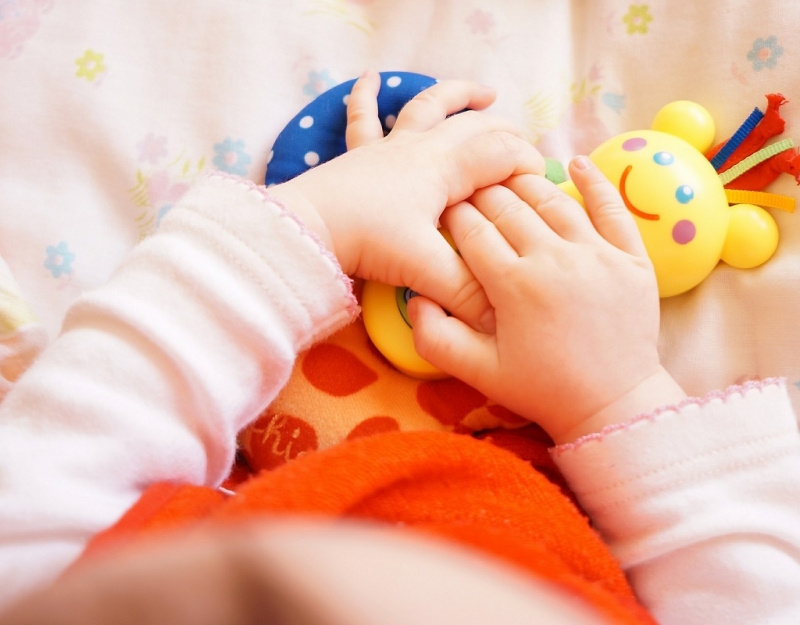

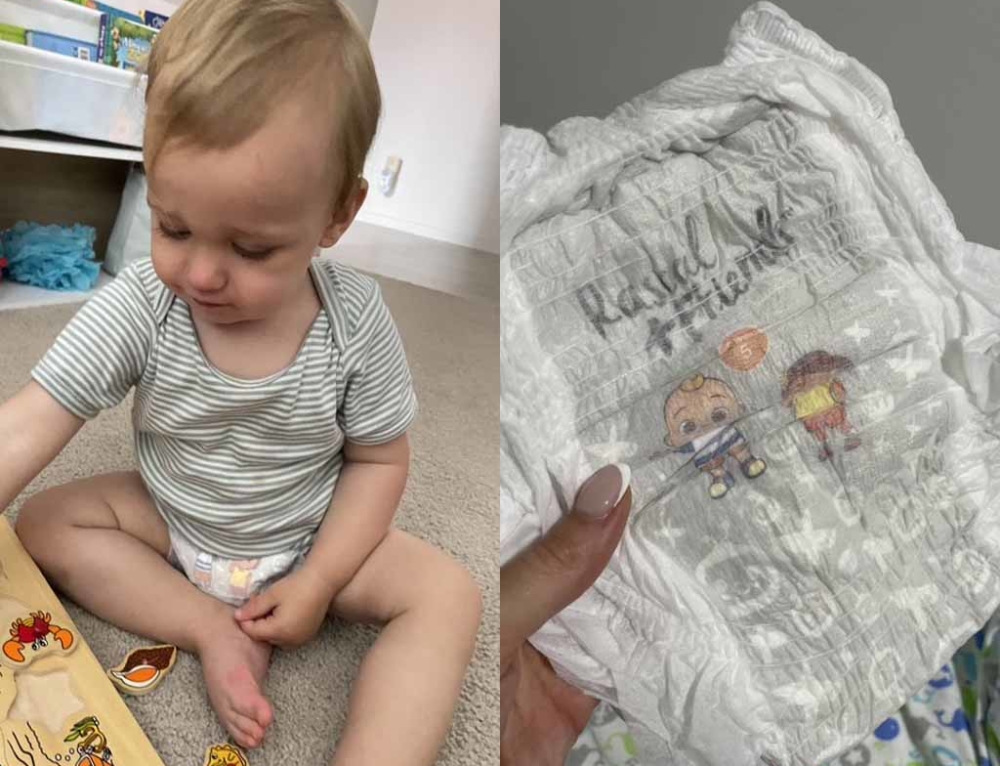
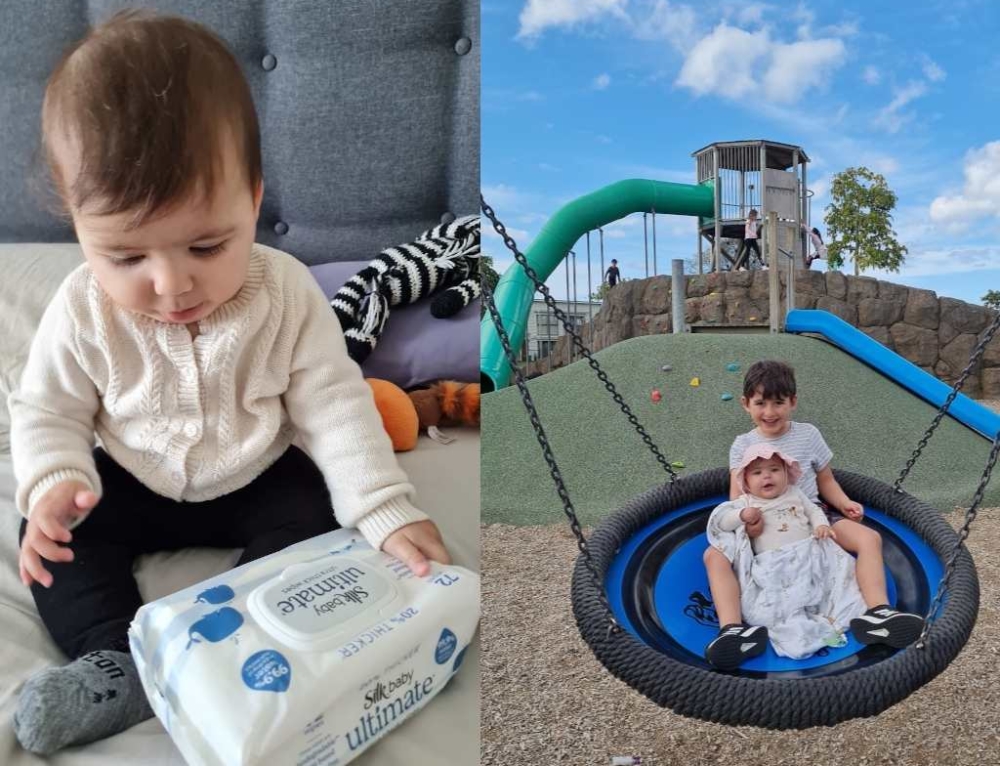
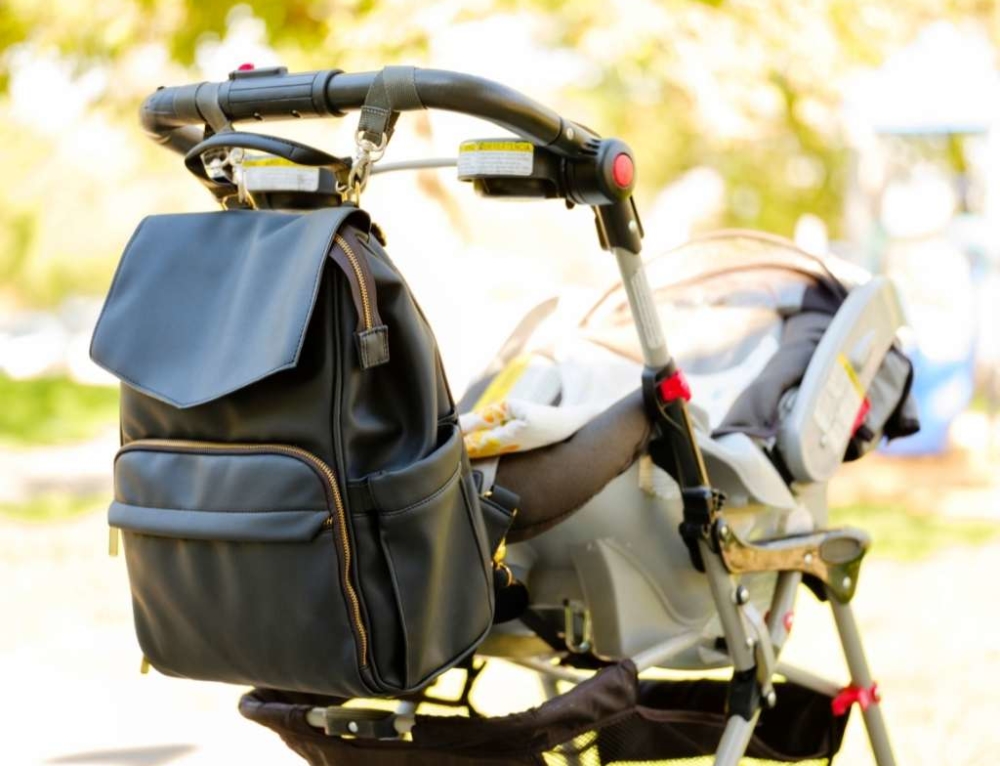
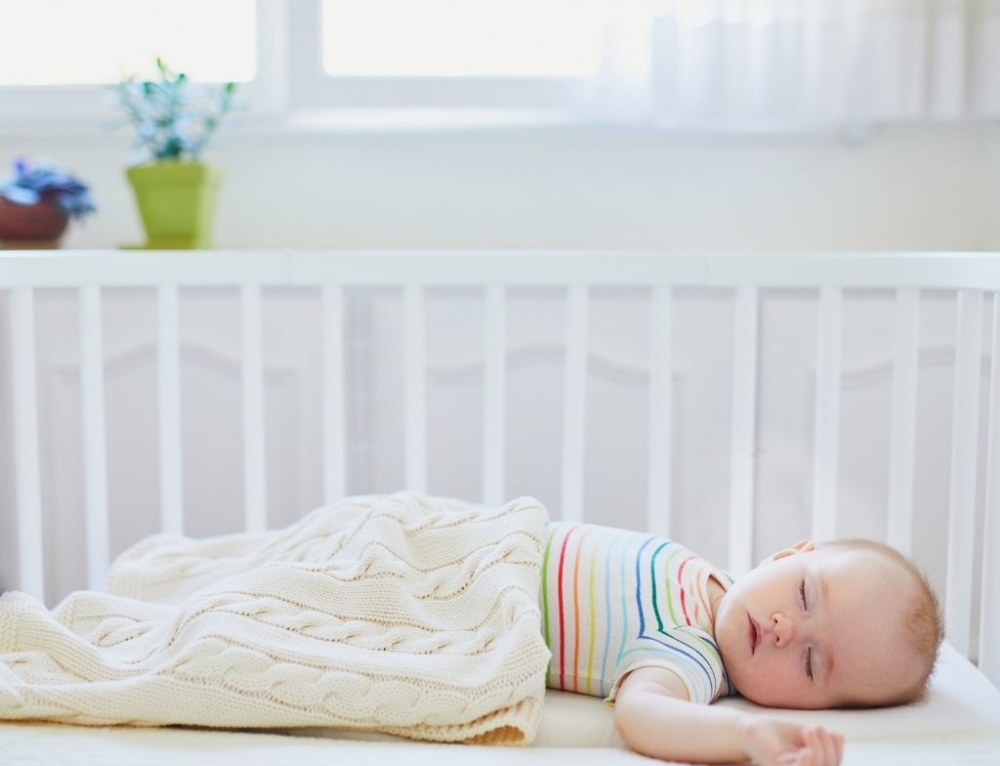
Leave A Comment
You must be logged in to post a comment.